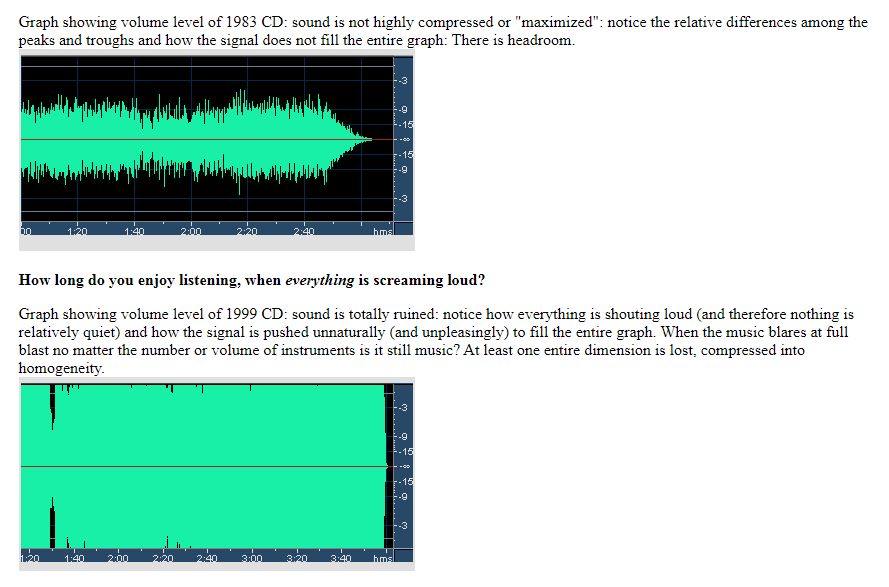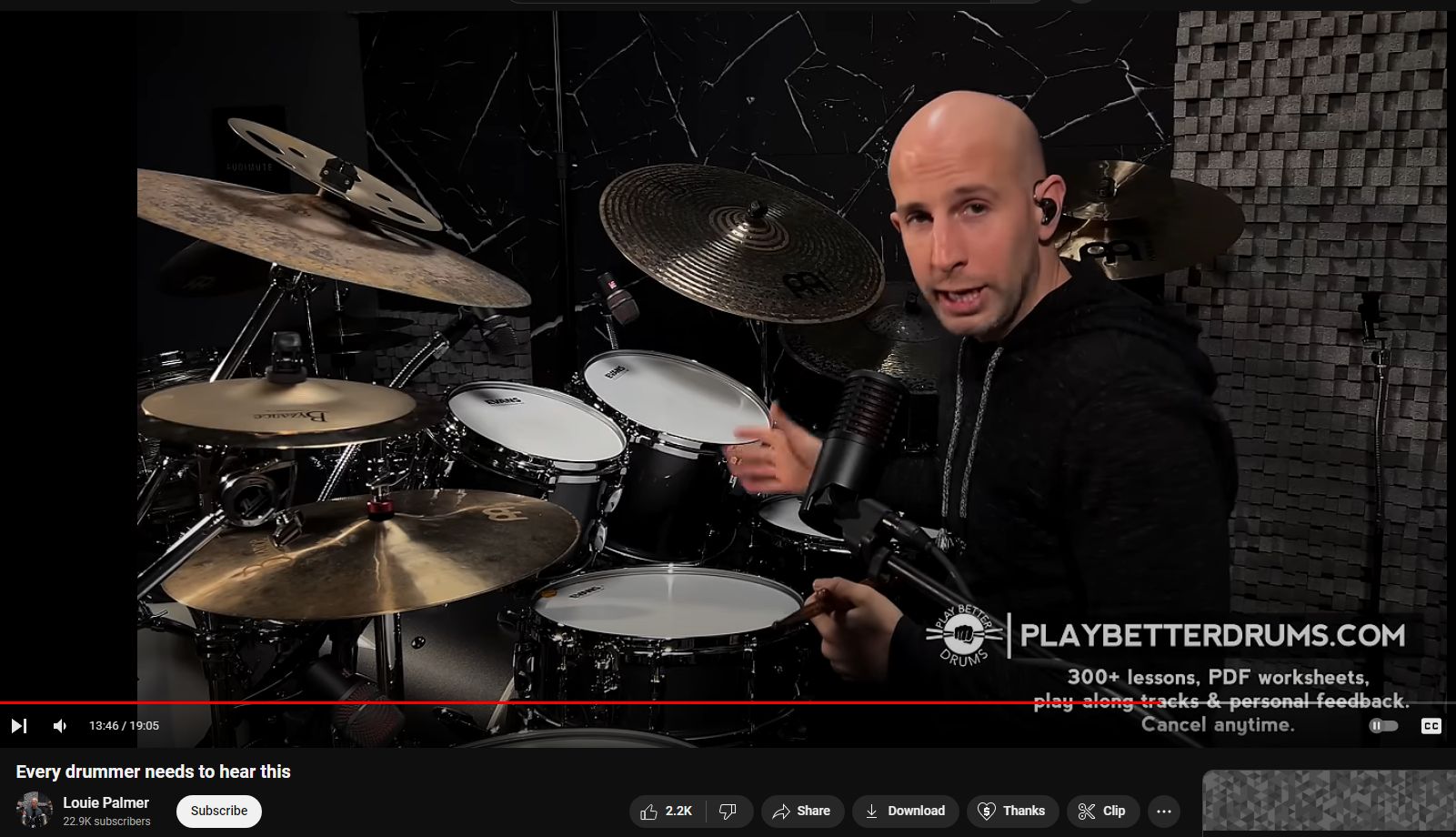Dynamics in Drumming
From the video comments — “It’s funny because far too many of the “pro” drum videos, MTV music videos, and actual pro performers, they essentially have Near-Zero dynamics and instead blast and belt away, fortissississississississimmmmmmmmmmo “ffff”, no FFFF, and more commonly full-freaking-blast, maximal arm-swings, baseball-bat sticks, real head-denting / cymbal-cracking FFFFFFFFFFF – and they get paid and glorified for playing that jackhammering (literally akin to every piano note being “played” by whack-a-mole-elbow-smashes-down-onto-the-keys). It’s overwhelmingly common and it is undeniable by even the non-musicians; disheartening, destructive (to instrument and the music), deafening. Dynamics is an entire dimension for too long actively squashed and done-away-with by in no small part the mastered-for-near-zero-dynamic-range-environment-of-the-automobile-playback mentality that has always existed in all pop music. Dynamic players are not just facing the obtuse recording engineers who demand “more even volume” but also the oafish mastering engineers who do not serve music but industry which demands “louder, LOUDER!” at the expense of all performance nuance and sanity. It is refreshing to hear your core based on simplicity and dynamic variation.”
Compare the 1983 dynamic variation with 1999 “mastered” version —

[image source https://milbert.com/articles]
